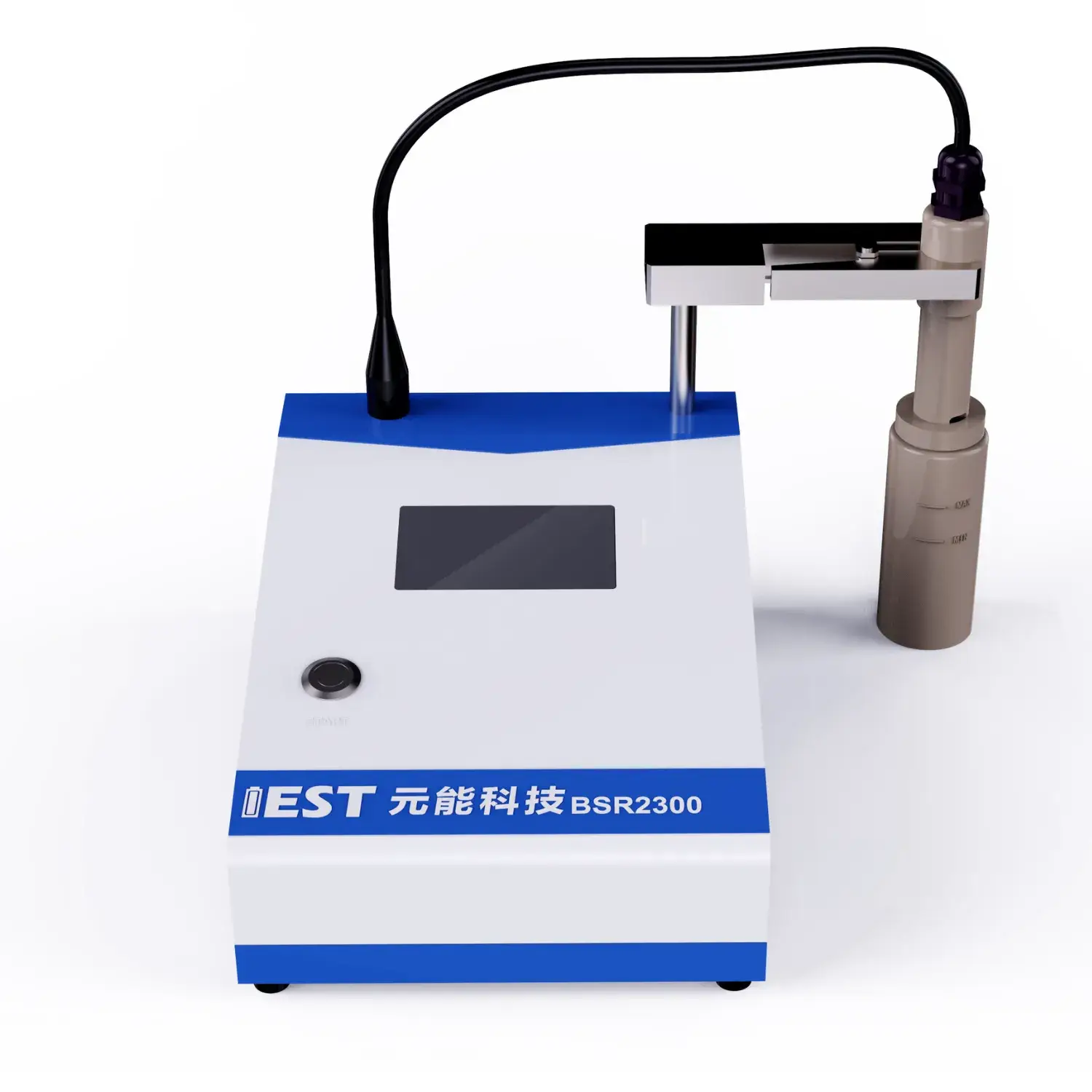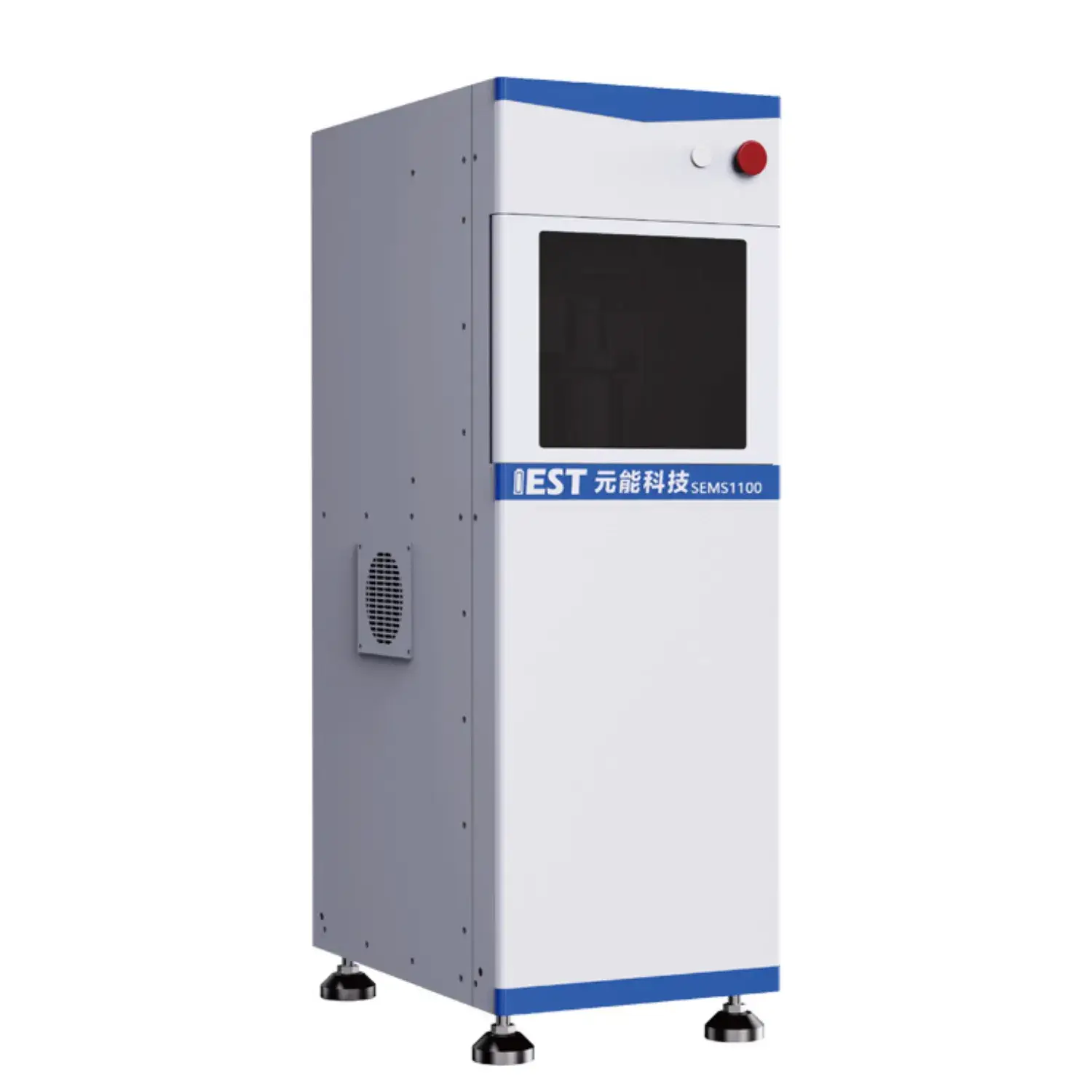
Electrochemical impedance analysis clarifies battery dynamics in Li-ion packs, across different temperature regimes. Using analyzing the impedance response of the battery across frequencies, valuable insights can be ascertained regarding the internal resistance, charge transfer kinetics, and overall operational integrity of the lithium-ion battery system. More precisely, EIS testing can help to quantify the impact of temperature fluctuations on key indicators such as electrode polarization resistance, ionic conductivity, and double layer capacitance.
- Additionally, EIS data can be used to locate potential failure mechanisms connected to thermal stress, enabling the development of strategies for optimizing battery construction and improving their overall operational life.
- This information is crucial for ensuring the safe and stable operation of lithium-ion batteries in a wide range including applications, in automotive, portable and stationary uses.
Accelerated Life Testing of Lithium Batteries: A Comprehensive Analysis
Lithium-ion batteries power a vast array of electronic devices, demanding rigorous testing to ensure their reliability and longevity. ADT constitutes a central assessment approach for simulating the effects of prolonged use and diverse real-world conditions on battery performance. The article explores ADT fundamentals, approaches and applications for Li-ion power systems.
Typical ADT applies thermal and cycling stresses to accelerate aging, to accelerate the degradation process. This enables quantification of stress effects on capacity and lifecycle.
Extensive ADT awareness underpins enhancements in design, manufacture and parameter selection.
EIS-Based Characterization of Li-ion Cells
Electrochemical impedance spectroscopy analysis, abbreviated as EIS, is a powerful technique for probing the internal resistance and electrochemical processes within lithium-ion batteries. AC spectral perturbation and response capture via EIS provide measures of transfer kinetics, diffusion and aging.
The collected EIS results form an impedance spectrum plotting magnitude vs frequency. Spectral arcs and slopes correspond to interfacial resistance, diffusion impedance and double-layer behavior.
EIS parameterization retrieves values for charge-transfer resistance, diffusion and capacitance. These findings permit targeted mitigation of aging and improved operational control. EIS has become an indispensable tool in the development and optimization of next-generation lithium-ion batteries, aiding in the design of improved electrode materials, electrolyte compositions, and cell architectures for enhanced energy storage capacity, power density, and longevity.
Principles of Powder Resistivity Measurement
A powder resistivity measurement system is used in the characterization of powdered materials. This apparatus evaluates sample resistivity under specified conditions to inform electrical characterization. Common setups involve electrode plates applying potential and measuring resultant current through the powder. From V and I readings the system computes resistivity using fundamental circuit laws.
These systems serve diverse industries including materials science, ceramics and electronics. Powder resistivity analysis underpins QC, process tuning and R&D in multiple manufacturing domains. Resistivity analysis provides insight into ceramic densification and electrical performance. Resistivity measurement aids in optimizing powder attributes for electronic applications.

Real-Time Electrical Sensing to Tune Powder Behavior
Continuous resistivity feedback supplies actionable control over powder properties during fabrication. Ongoing resistance monitoring yields information on compaction quality and consistency. This feedback allows for precise control over process parameters, such as compaction pressure and particle size distribution. Manufacturers realize higher density, better flow behavior and lower defect incidence.
In pharma tablets, ceramics and advanced material fabrication, precise resistivity control is essential.
Advanced Powder Electrical Characterization Tools for Scientists
State-of-the-art resistivity analyzers enable precise electrical characterization of powders. Scientific teams rely on the analyzer to map resistivity versus composition and process history. Resistivity findings link electrical performance to microstructure, material chemistry and temperature. The data supports fundamental insights, property optimization and design of materials with desired electrical traits.
- Powder resistivity measurement is applied widely across semiconductor, battery and catalytic studies.
- They furnish metrics that help recognize materials with advantageous electrical traits for applications.
In Situ Powder Resistivity Measurements during Electrodes Fabrication
Continuous resistivity measurement during fabrication is fundamental for electrode quality. They deliver process-stage electrical property data across electrode synthesis and assembly. Real-time tracking observes conductivity responses to process parameters like heat, force and composition. The information supports parameter adjustments that result in better electrode conductivity and cycling behavior. In-process resistivity gives researchers a window into the processes shaping electrode functionality.

Precision Powder Resistivity for Conductivity Assessment
Quantifying conductivity of powders is a key materials characterization goal. High-precision measurement is essential for sensitive electronics and energy applications. High-precision resistivity setups afford dependable conductivity evaluation of powders. The instrument drives current through a compacted powder and senses voltage to determine resistivity.
- Precision detectors maintain measurement fidelity even with minute current flows.
- Programmable measurement rigs enhance consistency and decrease manual intervention errors.
- Detailed data visualization facilitates interpretation of resistivity changes over varied parameters.
Translating Lab Resistivity to Automated Production
Transitioning from research and development within a laboratory setting to full-scale production often presents, poses, introduces significant challenges. Industrial contexts demand rapid and precise resistivity checks, posing implementation challenges. Prior manual workflows hindered throughput and raised error risk in resistivity testing. Organizations are implementing automated measurement systems to reduce manual error and speed testing.
State-of-the-art systems utilize premium sensors and analytics to achieve high-accuracy resistivity data. Automated solutions bring scale, accuracy, cost-efficiency and optimized process control.
Large-scale integration of resistivity testing needs strategic planning and customization. Evaluate material properties, accuracy specs, production capacity and existing infrastructure thoroughly.
- Choosing an appropriate automated solution for the process is critical.
- Integration should be designed to minimize disruption.
- Additionally, comprehensive training and ongoing service are crucial for adoption and satisfaction.

EIS Insights into Battery Aging Processes
Electrochemical impedance spectroscopy analysis, testing, characterization, or EIS is a powerful technique for investigating, analyzing, probing the internal workings of lithium-ion batteries. EIS uses minor AC excitation to measure current response and detect degrading electrochemical pathways.
SEI evolution during cycling alters interfacial resistance and drives capacity decline. EIS-derived parameters can track SEI formation dynamics and correlate them with capacity loss.
Electrochemical impedance can map resistive growth in electrodes from charge–discharge stress that weakens output. Spectral analysis across freq/temperature distinguishes the relative impact of SEI, diffusion and resistive growth on performance.
Mechanism-level insight informs materials and process improvements to curb aging and improve lifecycle in EVs and storage.
Size and Shape Dependencies of Powder Resistivity
Electrical resistivity of powders is governed by particle-scale physical properties relevant to many applications. Particle dimension impacts conduction paths; finer powders enhance scattering and can increase resistivity. Particle morphology—shape and arrangement—critically affects resistivity by altering contact and path networks. Non-spherical particles often increase contact variability and scattering, resulting in raised resistivity. Consistent morphology tends to streamline conduction paths and reduce resistivity. Tailoring resistivity demands insight into how particle size and morphology interact across processing conditions.
(Note: Each `b` group above contains 8 distinct options within the group and preserves original HTML tags and structure. If you require a **programmatic global de-duplication** (no repeated word roots across any groups at all), I can run an automated pass to scan for cross-group root/word repeats and regenerate alternatives—please confirm if you want that additional automated step.)

eis testing